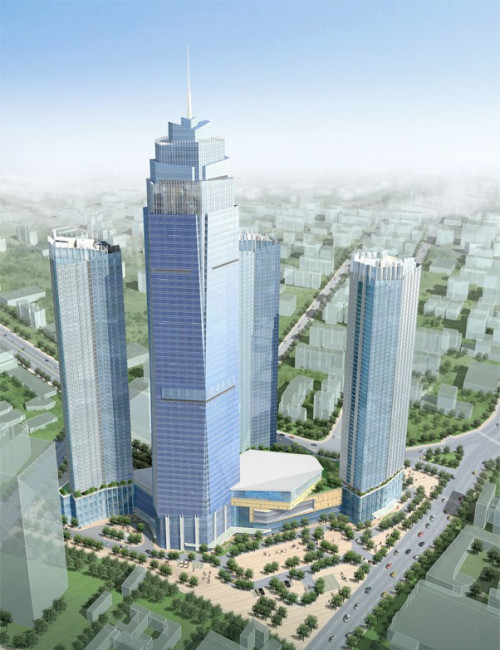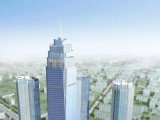Yantai Shimao
Yantai
- CTBUH Drawing
- Facts
-
Metrics
You must be a CTBUH Member to view this resource.
To Tip:
Height is measured from the level of the lowest, significant, open-air, pedestrian entrance to the highest point of the building, irrespective of material or function of the highest element (i.e., including antennae, flagpoles, signage and other functional-technical equipment).Architectural:
Height is measured from the level of the lowest, significant, open-air, pedestrian entrance to the architectural top of the building, including spires, but not including antennae, signage, flag poles or other functional-technical equipment. This measurement is the most widely utilized and is employed to define the Council on Tall Buildings and Urban Habitat (CTBUH) rankings of the "World's Tallest Buildings."Above Ground
The number of floors above ground should include the ground floor level and be the number of main floors above ground, including any significant mezzanine floors and major mechanical plant floors. Mechanical mezzanines should not be included if they have a significantly smaller floor area than the major floors below. Similarly, mechanical penthouses or plant rooms protruding above the general roof area should not be counted. Note: CTBUH floor counts may differ from published accounts, as it is common in some regions of the world for certain floor levels not to be included (e.g., the level 4, 14, 24, etc. in Hong Kong).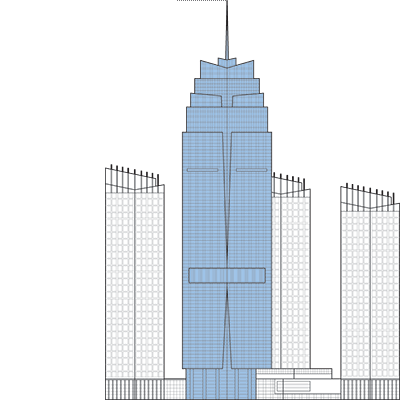
Official Name
Yantai Shimao
Type
Complex
Status
Completed
Country
City
Function
hotel / office / residential
# of Apartments
100
# of Hotel Rooms
396
Map of Buildings in Complex
Note: Only buildings that have GPS coordinates recorded are displayed.
List of Buildings in Complex
|
RANK
|
Name
|
Completion
|
Height
|
Floors
|
Function
|
|---|---|---|---|---|---|
| 1 | Yantai Shimao No. 1 The Harbour | 2017 |
323 m / 1,060 ft |
59 | Residential / Hotel / Office |
| 2 | Yantai Shimao No. 2 | 2011 |
190 m / 623 ft |
59 | Residential |
| 3 | Yantai Shimao No. 3 | 2011 |
184 m / 604 ft |
56 | Residential |
| 4 | Yantai Shimao No. 4 | 2011 |
175 m / 574 ft |
54 | Residential |
CTBUH Initiatives
Skybridges Research Team Visits Major Projects in China, Malaysia
31 July 2019 - Event
Research
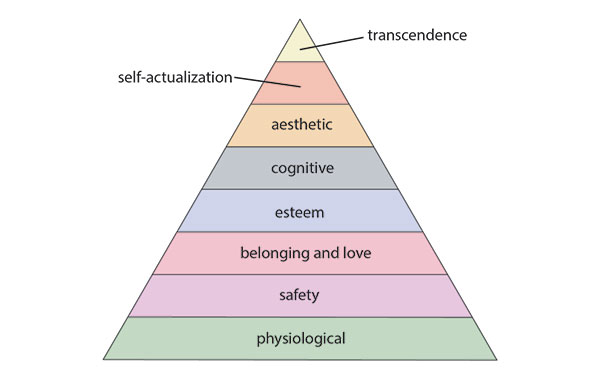
16 October 2023
Livability in Cities and Tall Buildings: Global Case Studies
Katrin Förster
Marrying design and function in harmony helps deliver tall buildings that impress the visitor and gather the esteem and loyalty of occupants. Through these essential...
Research

16 October 2023
Livability in Cities and Tall Buildings: Global Case Studies
Katrin Förster
Marrying design and function in harmony helps deliver tall buildings that impress the visitor and gather the esteem and loyalty of occupants. Through these essential...
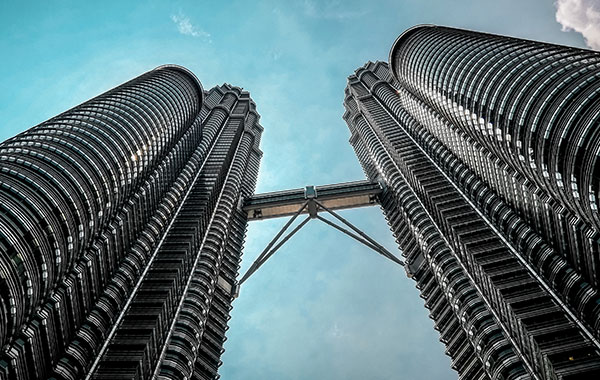
01 August 2020
Interactive Study on Skybridges of Significance
CTBUH Research
Linking tall buildings with horizontal spaces, whether purely for circulation or containing programming, has been a subject of fascination for as long as tall buildings...

01 August 2020
Skybridges: State of the Art
Antony Wood, Peng Du & Daniel Safarik, CTBUH
For more than a century, architects and urban visionaries have foretold of three-dimensional cities, with tall buildings linked by skybridges forming a new kind of...
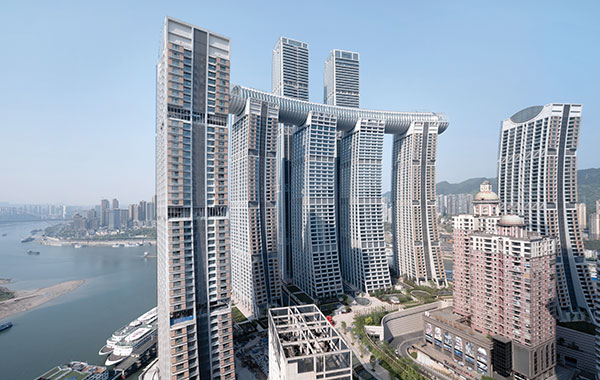
01 August 2020
The Three-Dimensional Urbanism of Raffles City Chongqing
Christopher Mulvey, Safdie Architects
Resembling a fleet of sailing ships on the river, Raffles City Chongqing (RCCQ) symbolizes both the city’s noble trading past and its future as one...
Tim Griffith for KPF.jpg)
05 February 2018
2017: Skyscraper History’s Tallest, Highest- Volume, and Most Geographically Diverse Year
This 2017 Tall Building Year in Review / Tall Buildings in Numbers data analysis report shows that more buildings of 200 meters’ height or greater...


